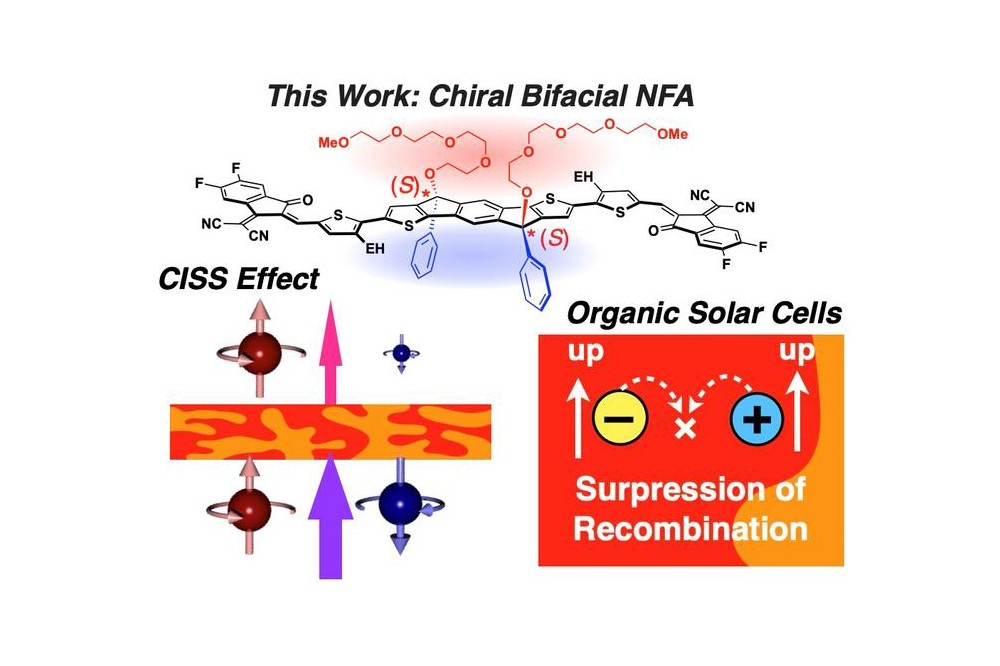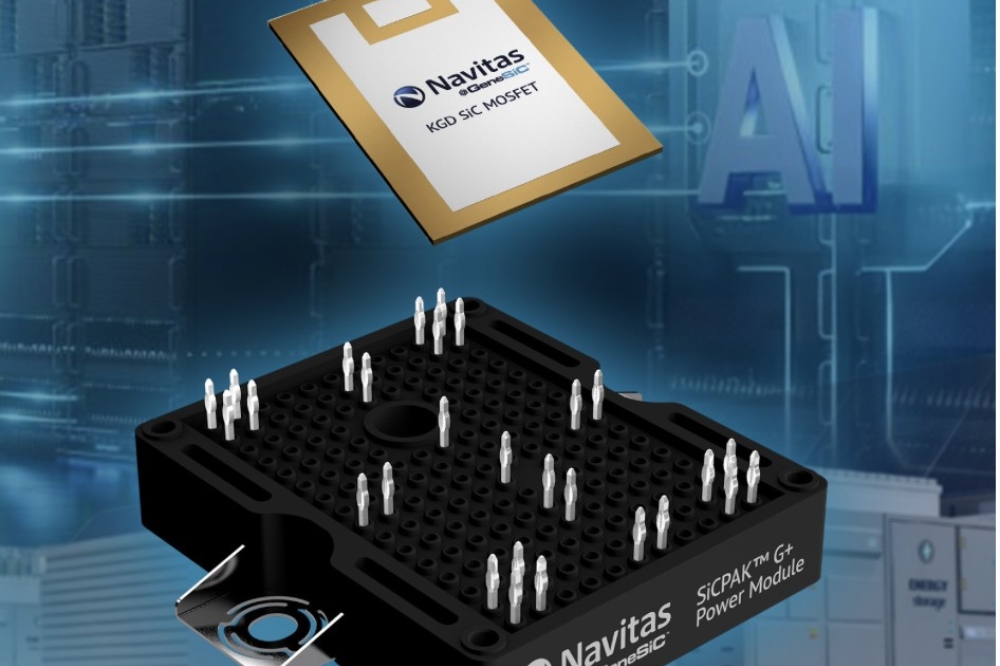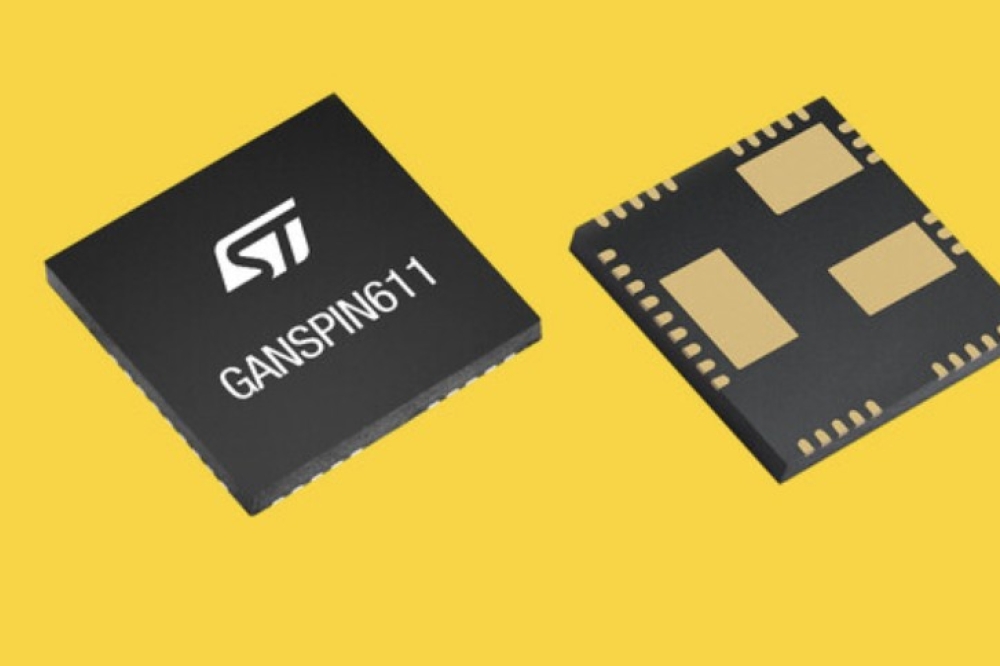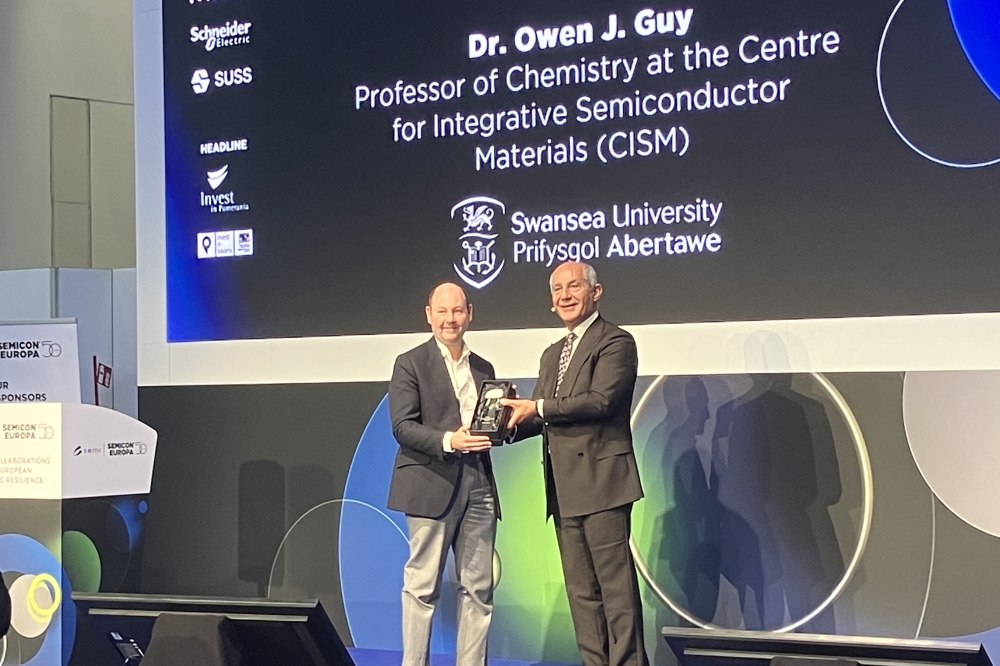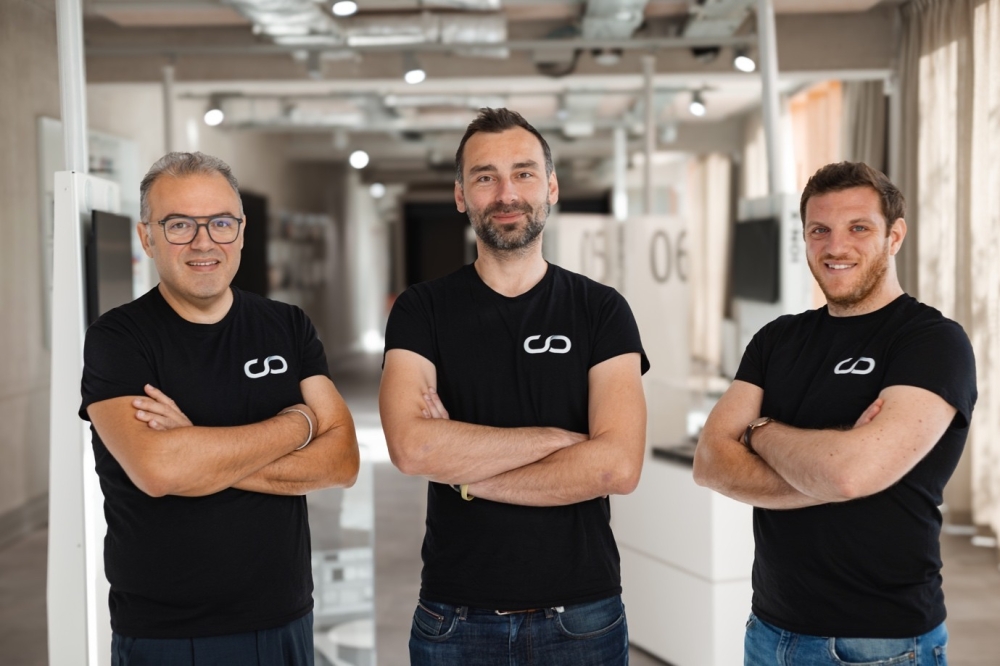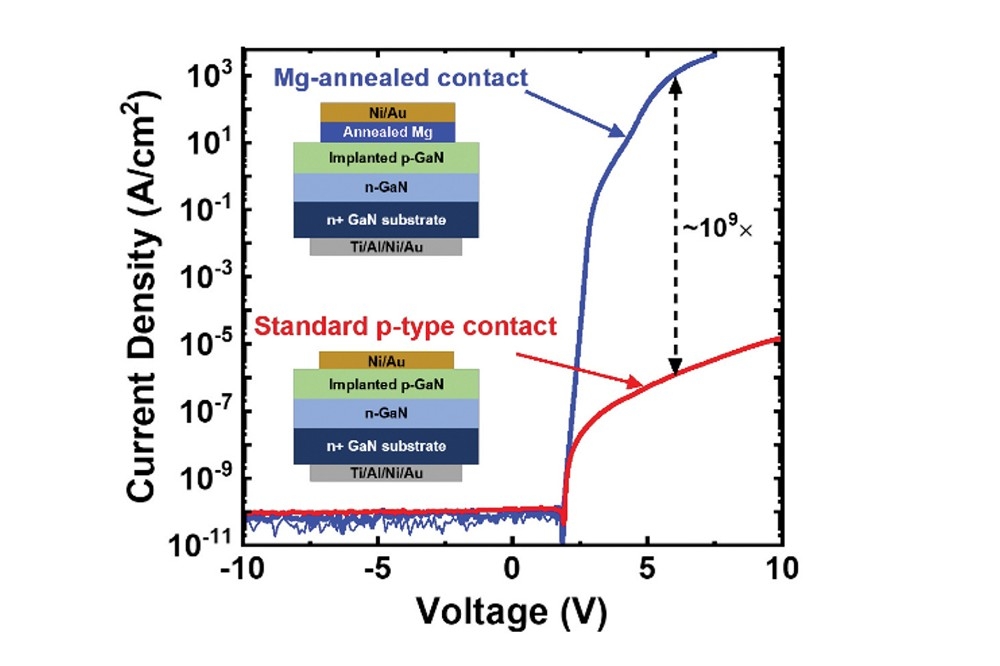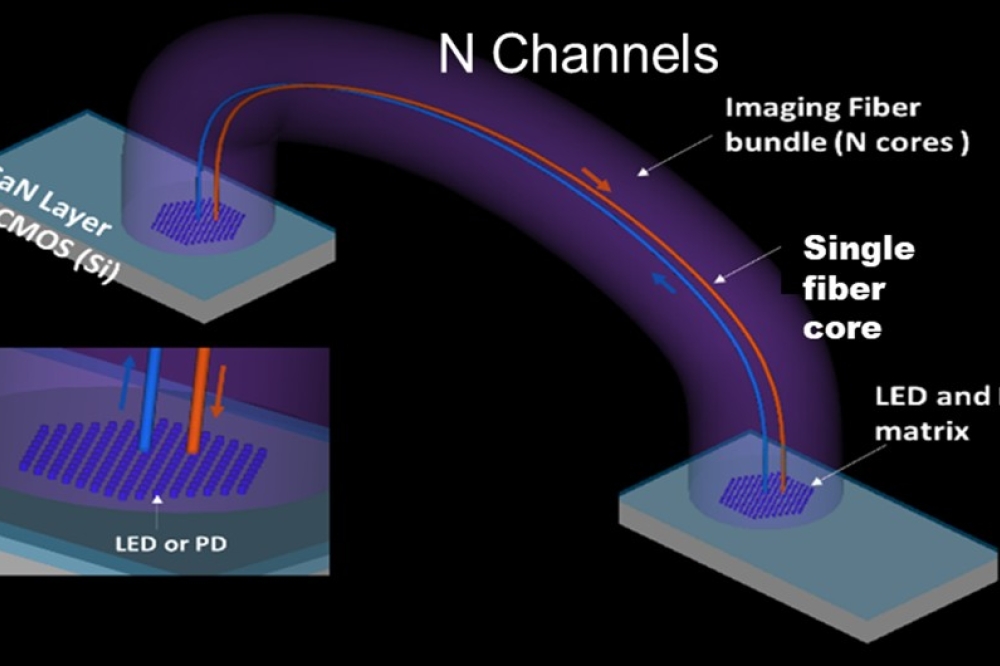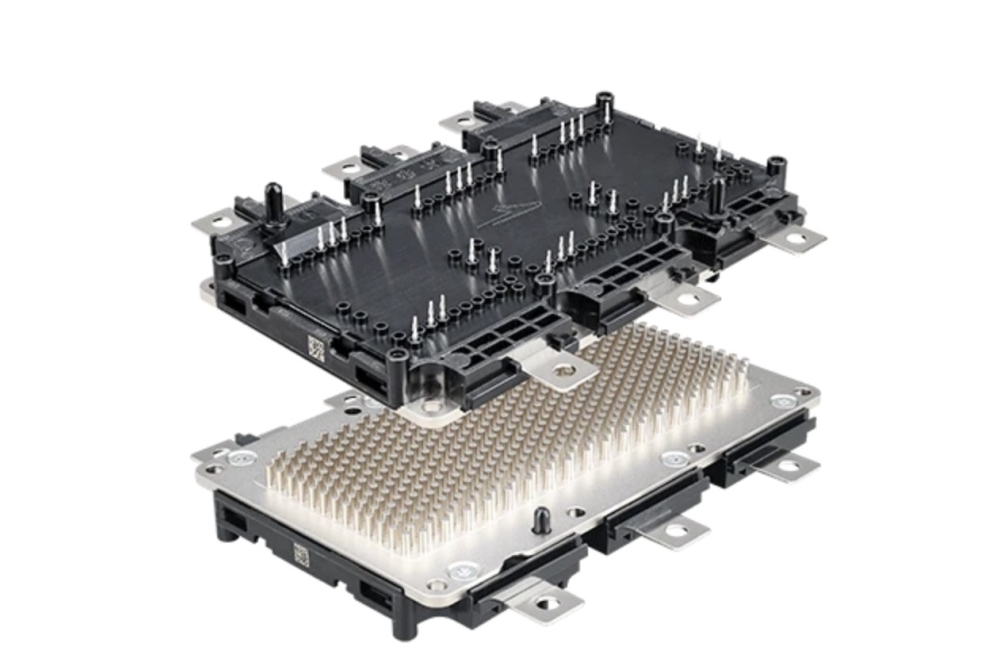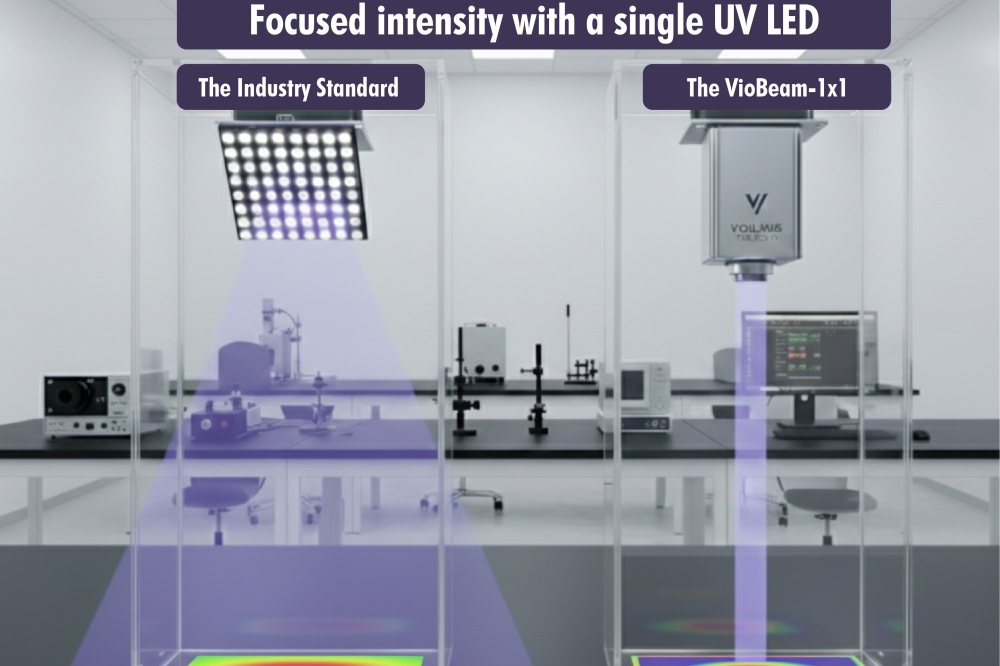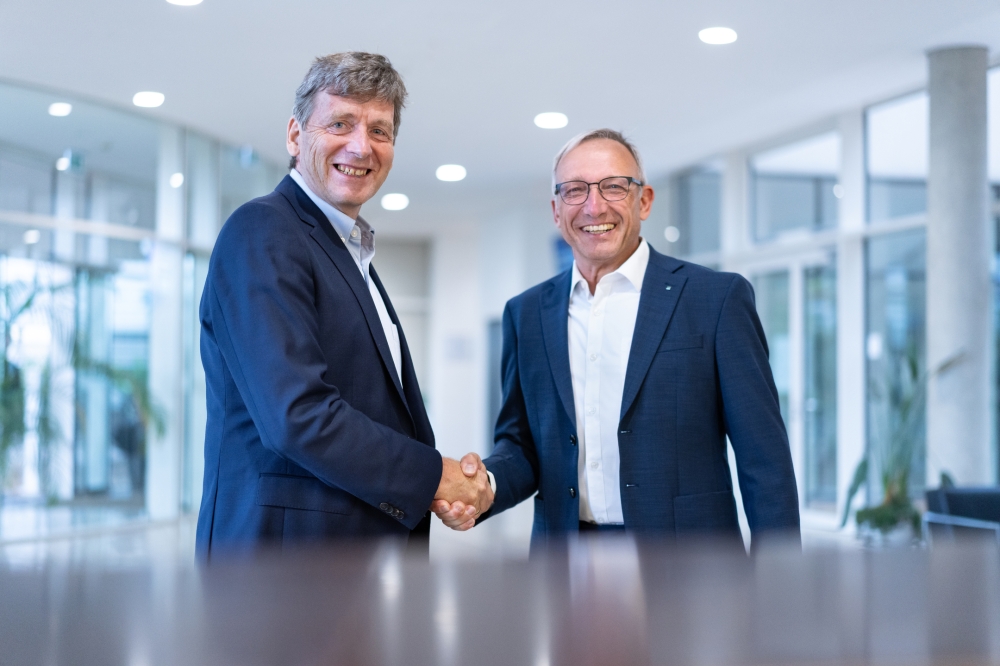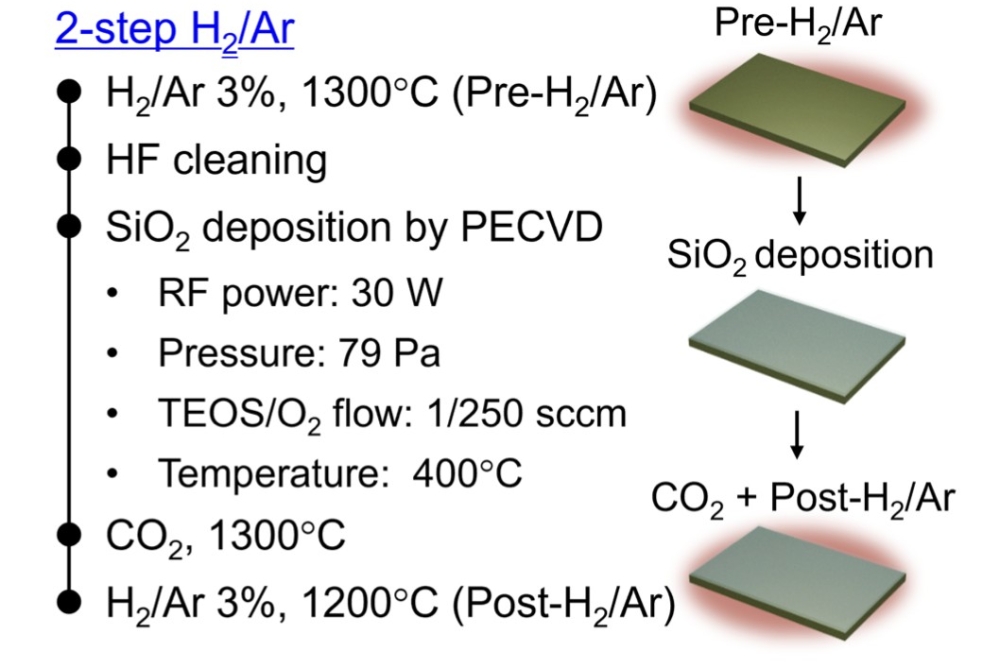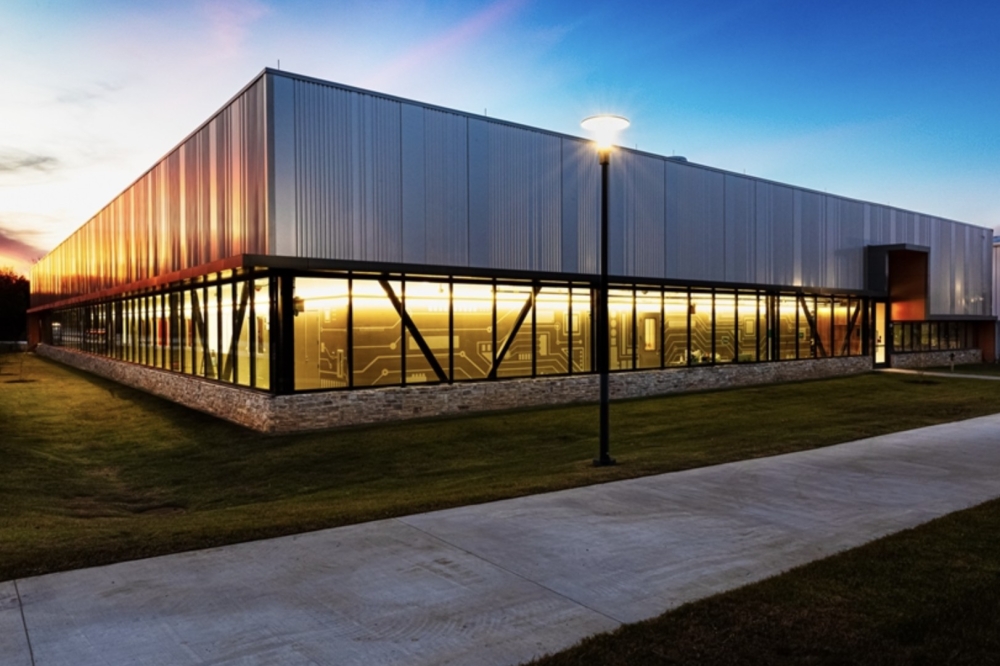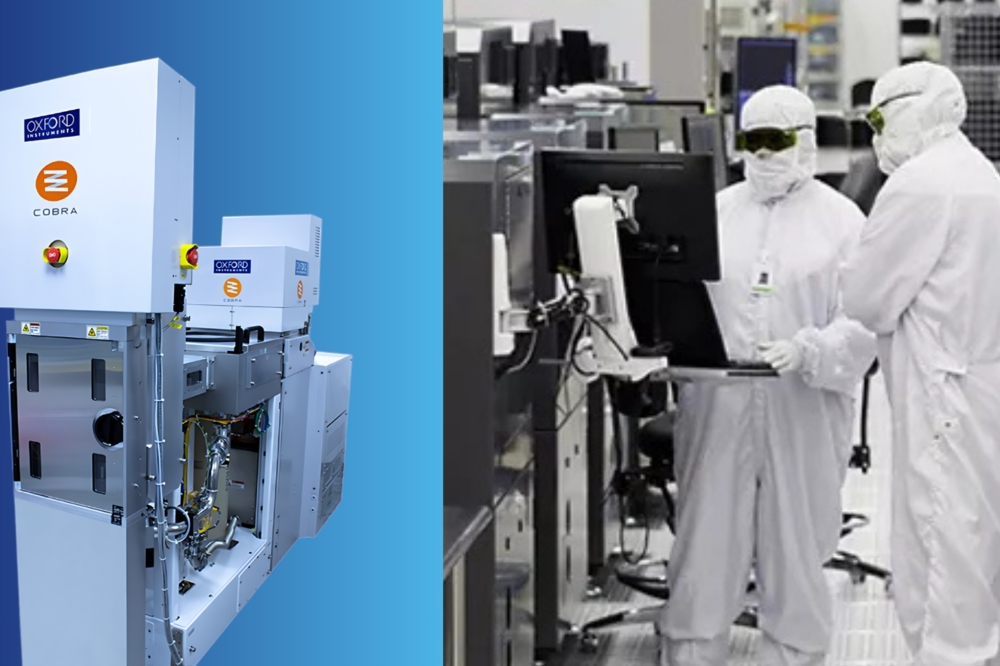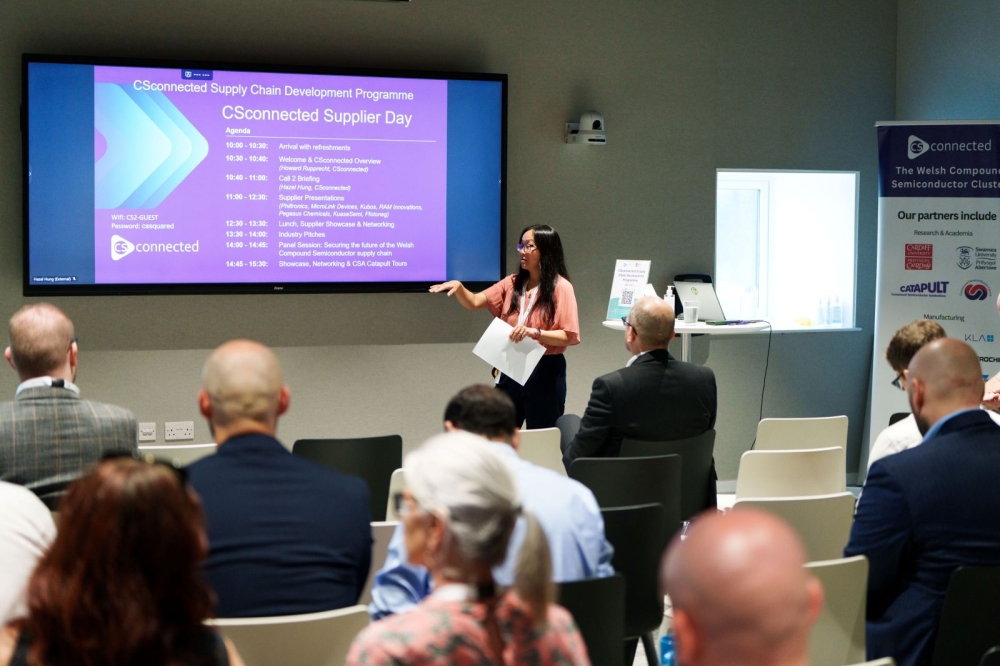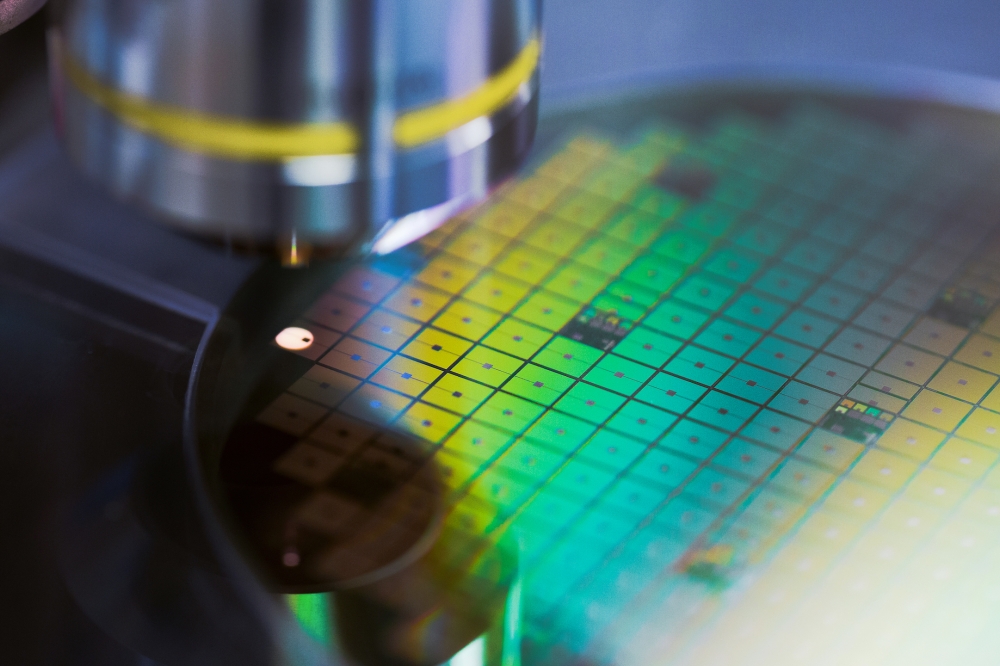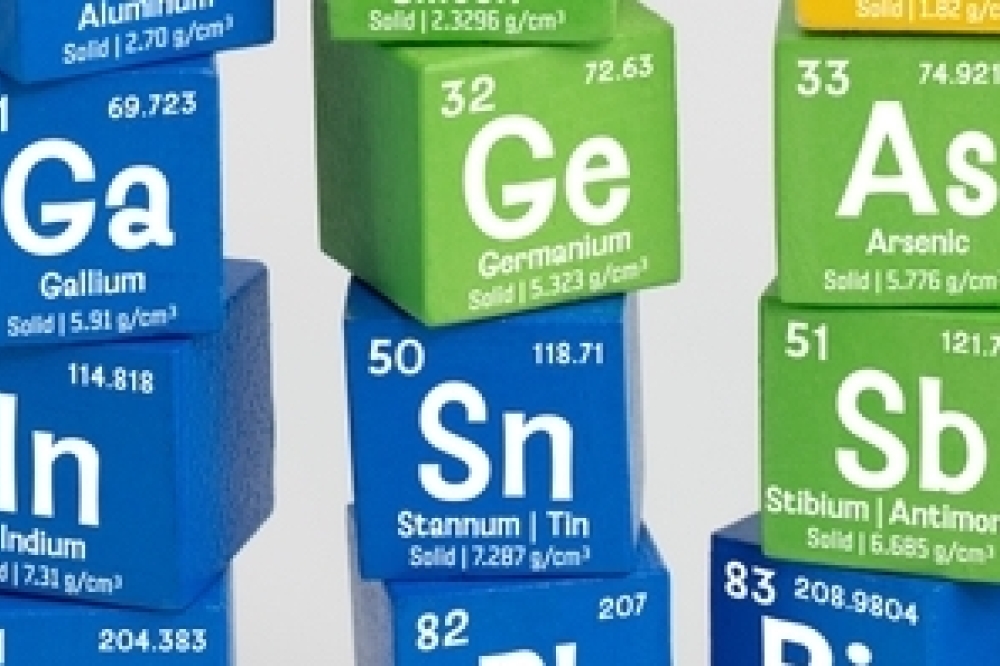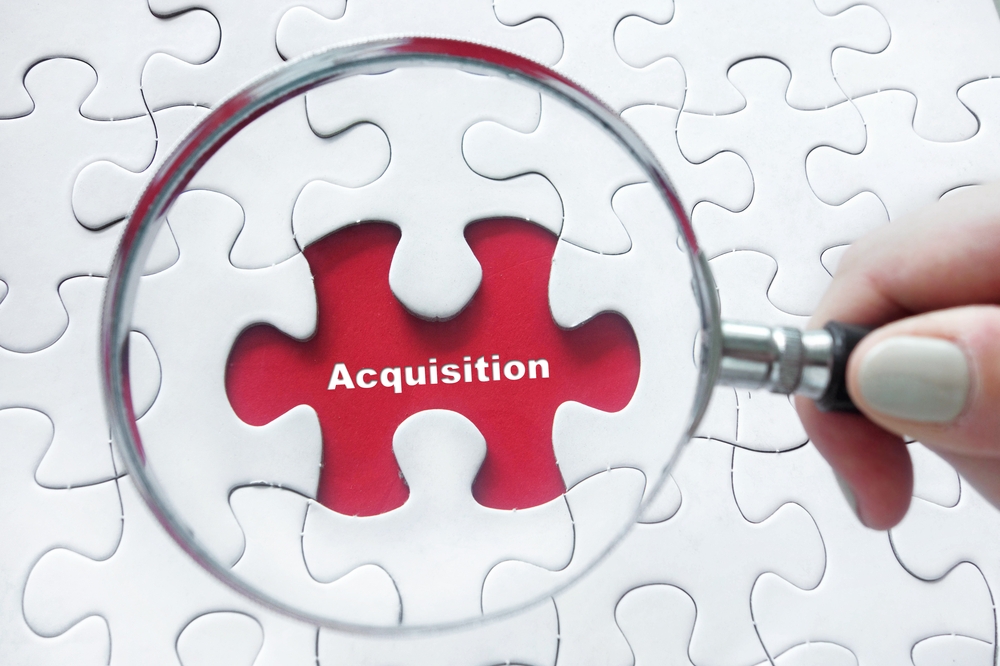InGaAs LNAs feature in ESA Arctic Weather Satellite
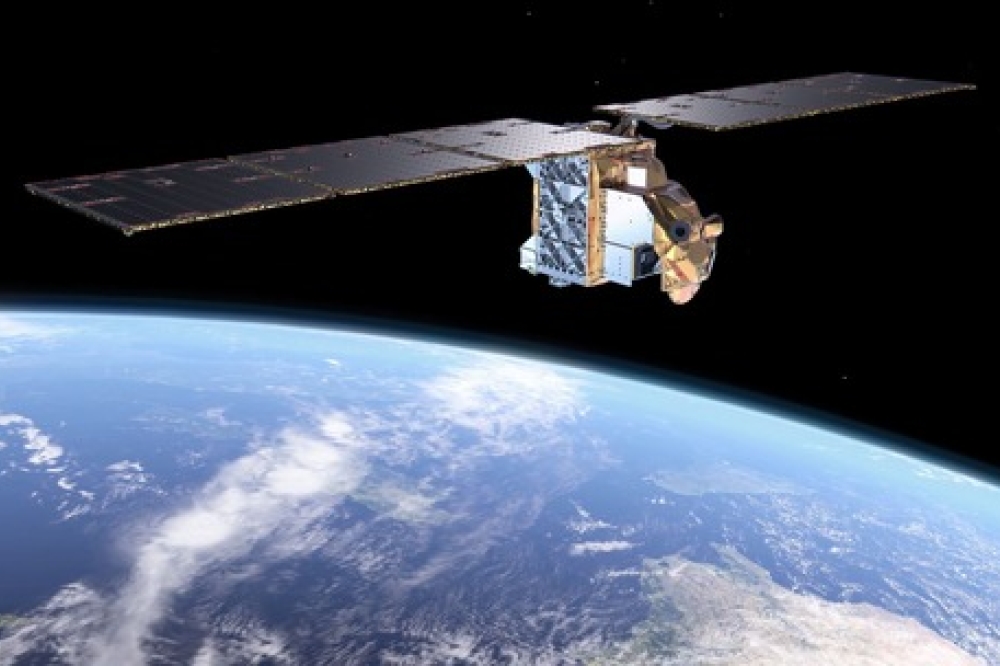
At EuMW 2024 in Paris (September 24 to 26, 2024), the Fraunhofer Institute for Applied Solid State Physics IAF will exhibit four low-noise InGaAs amplifiers (LNAs) that are onboard the European Space Agency's new Arctic Weather Satellite (AWS), which was sent on its journey to a polar orbit 600 km above the Earth on August 16, 2024.
The LNAs are used in the AWS microwave radiometer to improve the quality of incoming signals, while causing as little background noise as possible.
“The more powerful a low-noise amplifier is, the more accurately and reliably a system can collect data. They play a major role in satellite-based Earth observation, as the microwave radiation that reaches the satellite radiometer is very weak,” explains Fabian Thome, deputy head of Business Unit High Frequency Electronics at Fraunhofer IAF. “It is a great confirmation and motivation that we are contributing to better research into the Arctic and its effects on the global climate with our LNAs.”
The AWS microwave radiometer consists of a rotating antenna that picks up the natural microwave radiation emitted by the Earth’s surface and transmits it to four feedhorns and four receivers. The antenna and receiver each belong to one of four groups comprising a total of 19 channels, which together cover a frequency spectrum of 50 to 325 GHz.
Eight of these channels have frequencies from 50 to 58 GHz to measure temperature, one channel at 89 GHz detects clouds, another at 165.5 GHz detects both clouds and humidity, five channels between 176 and 182 GHz are only responsible for humidity, while finally four channels at 325 GHz plus/minus 1.2 to 6.6 GHz measure humidity and also detect clouds.
With this equipment, the radiometer is able to create high-resolution vertical humidity and temperature profiles under all weather conditions.
Fraunhofer IAF has provided a total of four LNAs for three of the four channel groups: one module for the frequency range around 54 GHz, two identical modules for 89 GHz, which were connected in series for greater overall amplification, and one module for the 170 GHz range. The researchers have enhanced existing technologies based on InGaAs and built metamorphic HEMTs MMICs.
In tests, the LNA for the frequency range around 54 GHz achieved a noise figure of 1.0 to 1.2 dB with a gain of 31 to 28 dB, thus significantly improving the state of the art. With noise figures of 1.9–2.3 dB at 23–25 dB gain (89 GHz) and 3.3–4.1 dB at 25–30 dB gain, the other AWS LNAs are exactly in the range of the current state of the art (John et al. 2023).
In developing the modules, the researchers worked closely with the direct client ACC Omnisys (AAC Clyde Space) from Sweden, which built the radiometer system for OHB Sweden and ESA. Fraunhofer IAF was able to use its research infrastructure and the expertise of its employees along the entire value chain in the development and production of the modules.
Teams from the fields of microelectronics, epitaxy, technology and precision mechanics worked closely together and carried out all the key steps from circuit design to material growth, processing and measurement as well as process technology, separation, assembly technology through to module construction and integration until the LNA modules were ready for use.
More precise weather forecasts, nowcasting and climate monitoring
The AWS mission is to collect more precise weather data in the Arctic for the first time, which will enable short-term forecasts for the polar region — including so-called nowcasting, which refers to forecasts for the next few hours. As the Arctic has a strong influence on global weather, the data also enables better global weather forecasts. This also applies to the climate: climate change is progressing faster in the Arctic than in other regions of the world. At the same time, changes in the Arctic have an impact on the global climate due to feedback effects.
If successful, an entire constellation of identical small satellites will follow the AWS: the EUMETSAT Polar System — Sterna (EPS-Sterna). The plan is to have six satellites in three different orbits at the same time to collect long-term weather data from the polar regions. The satellite set will be renewed three times, so that a total of 18 satellites will be used during the time of the mission. Two satellites are planned as replacements. The first of six EPS-Sterna satellites is due to be launched in 2029.
With this project, ESA is pursuing the New Space approach for the first time. New Space is characterised by projects being carried out in the shortest possible time with significantly fewer resources. In the case of AWS, whose total mass is only 150 kg, only three years passed from project start to rocket launch, during which a fraction of the cost was incurred compared to previous projects.
Further advantages of New Space are the greater resilience of constellations — the failure of a satellite in the network can be compensated for or replaced quickly and cheaply — and the flexibility of missions, which can be extended or shortened if necessary, without consuming large amounts of resources.
Fraunhofer IAF at EuMW 2024
From September 24 to 26, 2024, Fraunhofer IAF will present exhibits of the LNA modules installed in the AWS radiometer as well as other high-frequency electronics from the application areas of satellite communications, mobile communications or low-temperature measurement technology at this year’s European Microwave Week (EuMW) in Paris.
Researchers are also represented in the conference program with the following topics: 'THz circuit and front-end developments based on InGaAs-channel mHEMT devices' by Laurenz John; 'High-Gain 664 GHz Low-Noise Amplifier Modules Based on Advanced InGaAs HEMT Technologies' by Axel Tessmann; and 'Nm-Wave GaN Varactors and E-/W-Band Phase Shifter' by Philipp Neininger.

